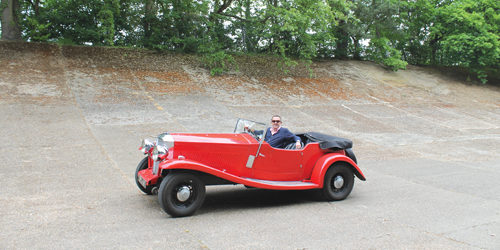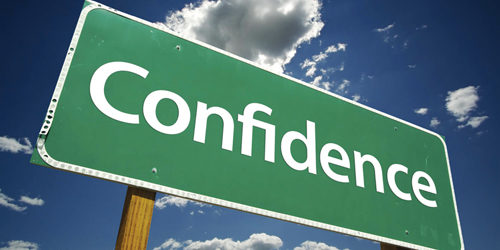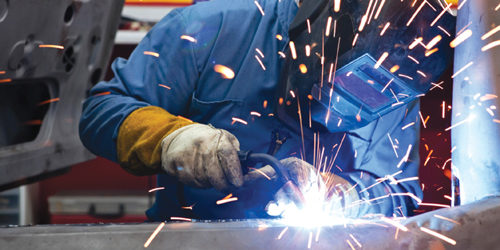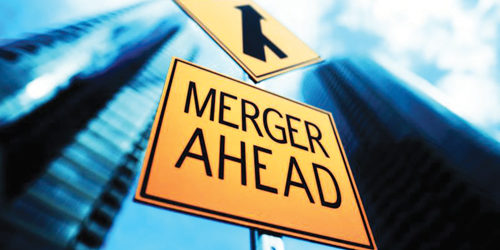
Brooklands is an important historical site located in Weybridge and it’s not until you really look into the site, that you realise quite how historically important it really is.
Today the site is occupied by three exciting venues – the Brooklands Museum, the Brooklands Hotel and Mercedes-Benz World. As a dedicated petrol head, spending the day here is nirvana and l didn’t waste a minute.
THE MUSEUM
This is one of the most important historic sites in England’s long and illustrious motor racing heritage and was the birthplace of British motorsport, and aviation. The banked circuit was constructed by Hugh F. Locke King in 1907 and was the first purpose-built race circuit in the world. As if that were not enough, it was also one of the country’s first aerodromes, and was a leading aircraft design and manufacturing centre producing a remarkable 18,600 new aircraft of over 260 types between 1908 and 1987. The ‘Daily Mail Round Britain Air Race’ of 1911 started and finished at Brooklands, and both the event and the location later influenced the theme of the classic 1965 Twentieth Century Fox British film comedy ‘Those Magnificent Men in Their Flying Machines’ (based at the fictitious but remarkably similar ‘Brookfield’). Vickers purchased the site in 1946 for £330,000, which allowed them to produce civilian aircraft. The most notable of these was the Vickers Viscount, of which 444 were built between Brooklands and Bournemouth. In 1959 the Vanguard was test flown from Brooklands. In 1962 the test flight for the prototype VC10 also took place at Brooklands, and subsequently all 53 production VC10’s were flown out as well before being completed and test flown at Wisley.
Brooklands Museum Trust Ltd operates the independent Brooklands Museum as a charitable trust and a private limited company incorporated on March 12th 1987; its aim is to conserve, protect and interpret the unique heritage of the Brooklands site. In February 2015, it was announced that Brooklands would receive a £4.681 million grant from the Heritage Lottery Fund. This will substantially help to fund the £7 million Brooklands Aircraft Factory and Race-Track Revival Project. This will consist of the dismantling and restoration of the 1940 Belman Hangar, construction of a new Flight Shed exhibition building and restoration of the Finishing Straight plus a completely new “Aircraft Factory” exhibition area within the reconstructed Hangar.
Because Brooklands was the world’s first purpose-built motor racing circuit, there were no established rules to follow. To begin with, many of the procedures were based on horse racing traditions, partly in an attempt to attract a ready-made audience to this new and curious sport. Cars assembled in the ‘paddock’, were ‘shod’ with tyres, weighed by the ‘Clerk of the Scales’ for handicapping and drivers were even instructed to identify themselves by wearing coloured silks in the manner of jockeys.
On the morning of 15th February 1913, in front of a large crowd of press and public, the small but courageous Brooklands racing driver, Percy Lambert, achieved a world record 103.84mph. Tragically, while trying to improve his own record a few months later, after promising his fiancée that he would attempt no more, he crashed and was killed. Many still say his ghost regularly walks at Brooklands in full racing attire.
Motor racing stopped at Brooklands in 1914 with the outbreak of World War 1 but resumed in the 1920’s when the Brooklands Automobile Racing Club (BARC) took over and hosted a glittering array of races such as the first-ever British Grand Prix in 1926, the British Empire Trophy race in 1929 and the Double Twelve Hour Race, so named as 24 hour racing was banned due to noise restrictions. Not to be deterred, they split it into two 12 hour daylight races. It was not long before racing at Brooklands became as fashionable in the society calendar at Henley, Wimbledon and Ascot.
With the outbreak of World War Two, the aerodrome was requisitioned by the Government and devoted to the production of Vickers and Hawker aircraft, including Hurricane fighters and Wellington bombers.
When peace returned, everyone lived in high hopes of the Track’s eventual recovery but the anticipated costs were too high. Temporary hangars had been erected on the Track, German bombs had exploded on various parts of the Track in 1940 and camouflage was used heavily in the form of tree planting and canvas houses to obscure Brooklands’ distinctive shape which made it an easy target for the Luftwaffe. The government could not see its way to releasing Brooklands until 1949 and consequently the shareholders of Brooklands (Weybridge) Ltd voted in favour of selling the track to Vickers-Armstrong Ltd in 1946 and motor racing at Brooklands became no more than a memory.
But visiting the Museum today is like a trip back in time. Many of the original buildings are still there along with a short section of the original banked circuit. It is not until you actually step foot on the 30ft high bank that you realise quite how terrifying it must have been, thundering around at over 100mph with no safety equipment and the death rate would have been frighteningly high.
Brooklands CEO, Allan Winn treated me with a drive on the remaining length of track in a beautiful old Triumph to gain just a glimpse back to the day of such heroic daring. Oh what l would give to have been alive there and to have raced this circuit.
If you haven’t visited Brooklands Museum, you are missing an absolute treat and l urge you to go.






